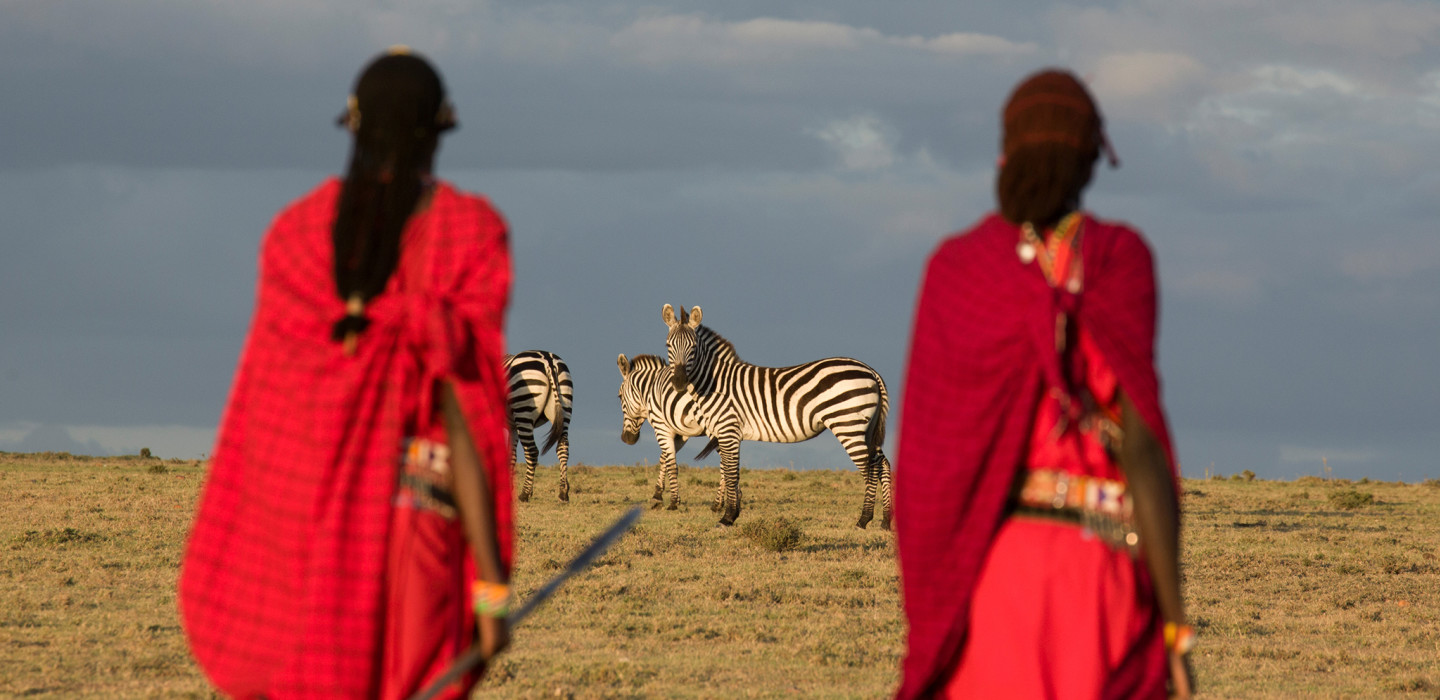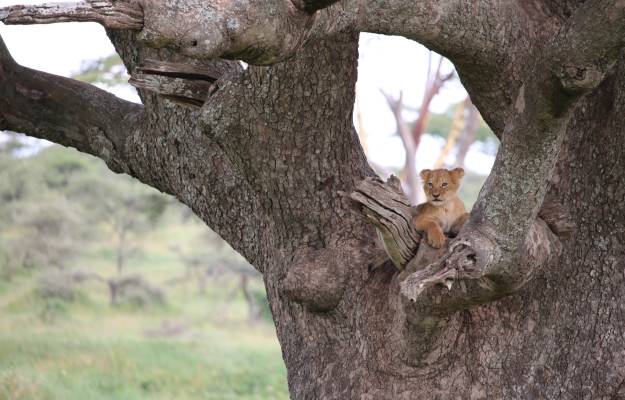
Spotlight on Serengeti
Under the seemingly infinite skies, oceans of grass gently wave in a soft breeze. A dazzle of zebras galloping over the plains and off into the horizon. The short barking cough of a leopard. A peal of distant thunder.

You have come to witness the grand migration, the world’s greatest wildlife spectacle.
Every year, 1.5 million wildebeest journey across the Serengeti. But really the migration for each wildebeest begins on the day it is born and only ends with its death. They carve the paths through these endless spaces, searching for food and water while providing a moveable feast for the lions, leopards, cheetahs and hyenas that stalk them over the miles.
Between January and February on the southern plains of the Serengeti, nearly 400,000 calves are born in the span of about three weeks. It’s a veritable feast for local predators who gorge themselves on young wildebeests. However, the calves aren’t completely defenseless. A newborn wildebeest can stand after two minutes and is able to run with the herd after five. And the abundance of vulnerable wildebeest means that even the hungriest predator won’t be able to make much of dent in the herd.
Around March, the herd begins its trek northwest, away from the short-grass plains of the southern Serengeti near Ngorongoro Crater and Olduvai Gorge. Following the rains and the rich grasses, they continue north until the come to the Mara River, home to another kind of predator, the giant crocodile.
After some time milling about on the banks of the river, the herd begins crossing, again counting on sheer numbers to overwhelm the finite supply of predators, no matter how fierce—or hungry—they may be. Eventually, the herds arrive at the Masai Mara National Reserve, their destination.
The reserve is named after the Masai people, who are the ancestral stewards of the land and wildlife. Traditionally, the Masai were nomads, living off of the land and caring for it. To this day, the red-robed Masai help care for the reserve as rangers, and guide travelers on safaris. The wildebeest will graze there for the next few months until scarcity forces them back across the river and down along the route they’ve just traversed.
One circle is completed at the beginning of each year, with the birth of the new calves and another one begins. It’s an astounding experience, watching the great herds of wildebeests and the packs of zebras and gazelles graze great swaths through the land. All the while, they’re stalked by lions and their constant companions, the skulking hyenas. A powerful leopard bides its time, content to wait for the most vulnerable member of the herd to slip and fall, to lose its way or become separated from its family.
Meanwhile a Thomson’s gazelle, one of the world’s fastest animals, streaks its way across the plains in the hopes of eluding a pursuing cheetah. A dainty klipspringer perches upon a rocky outcrop to survey the land for danger. And a heavy vulture circles above waiting for the remains of a kill.
After a while, you’ll feel like part of the landscape, too, as you scan the sky for thunderheads, approaching curtains of rain, or the oncoming night, which is as dark as it is anywhere in the world. And while the stars unfurl across the great black bowl above you, the migration never ceases, winding its way across the ocean of plains as it has for millennia.






